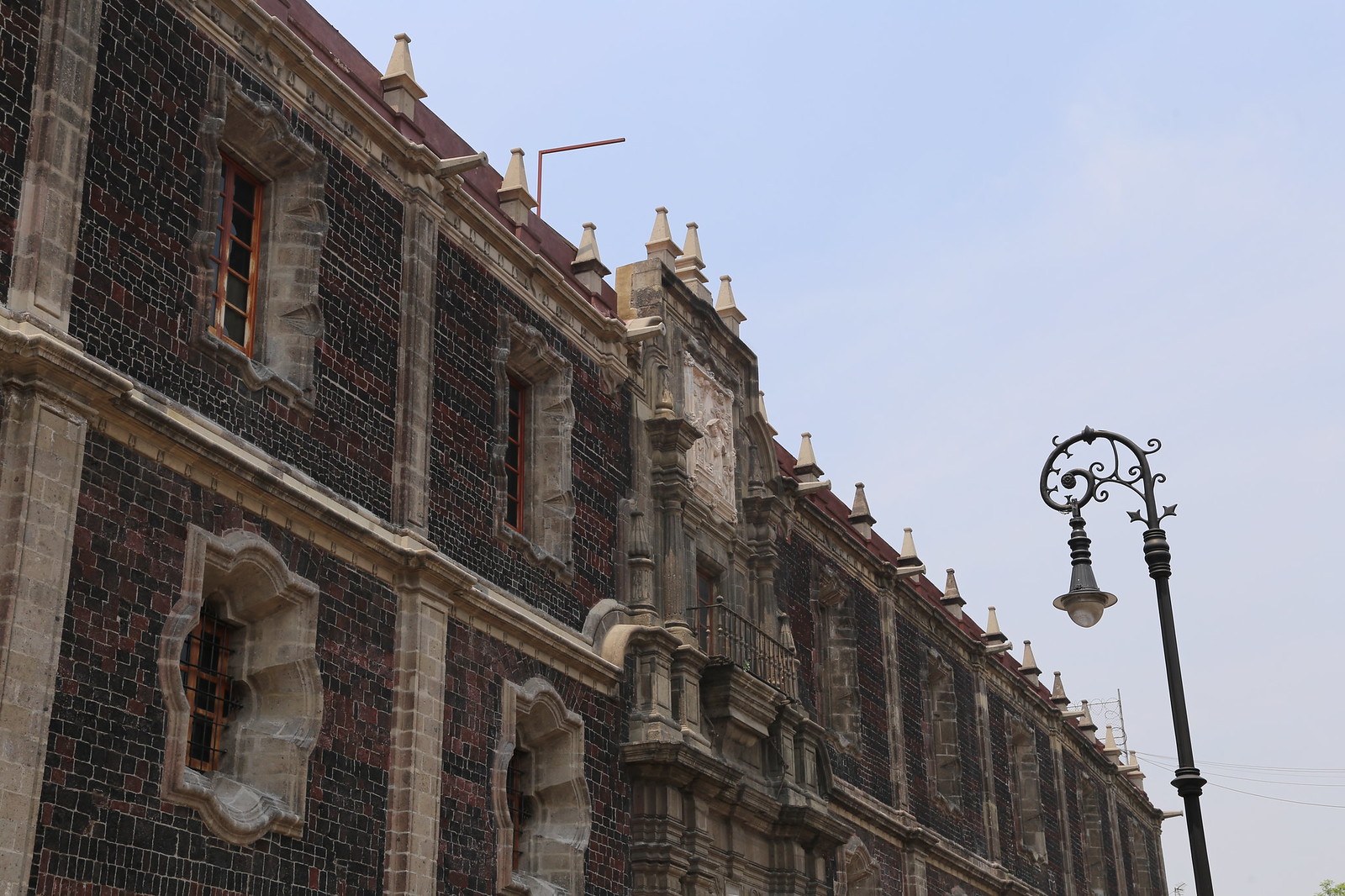
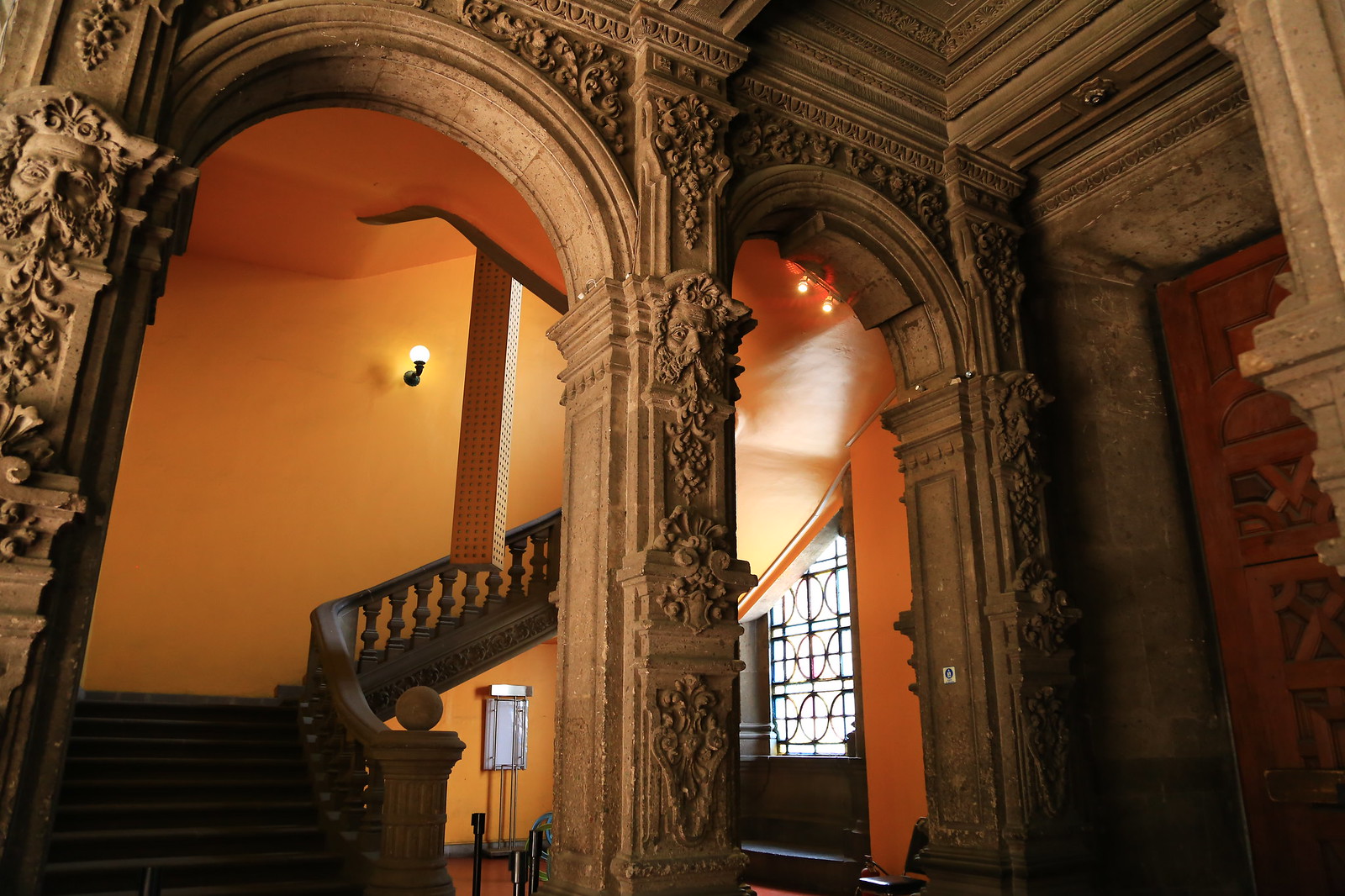
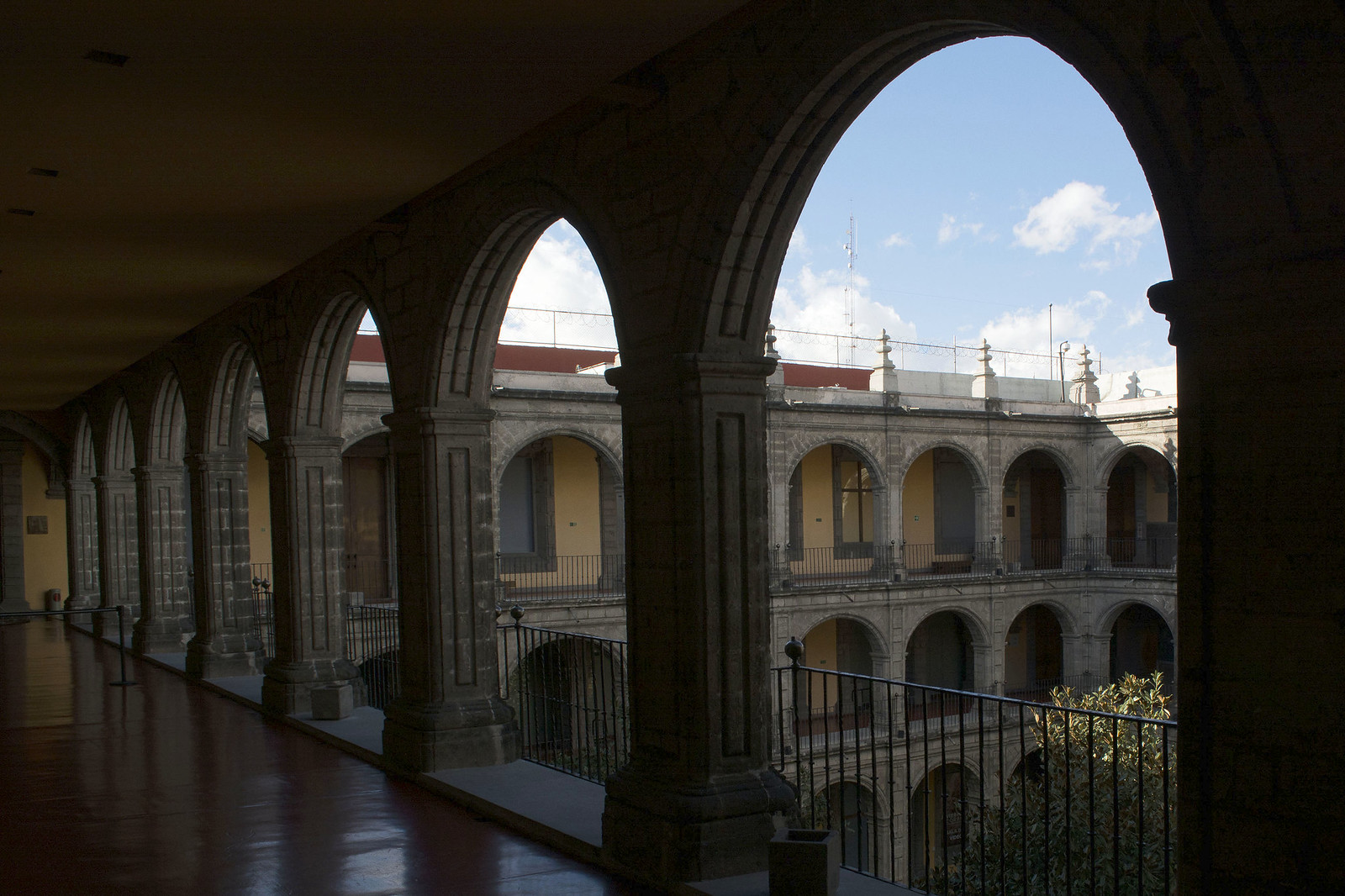
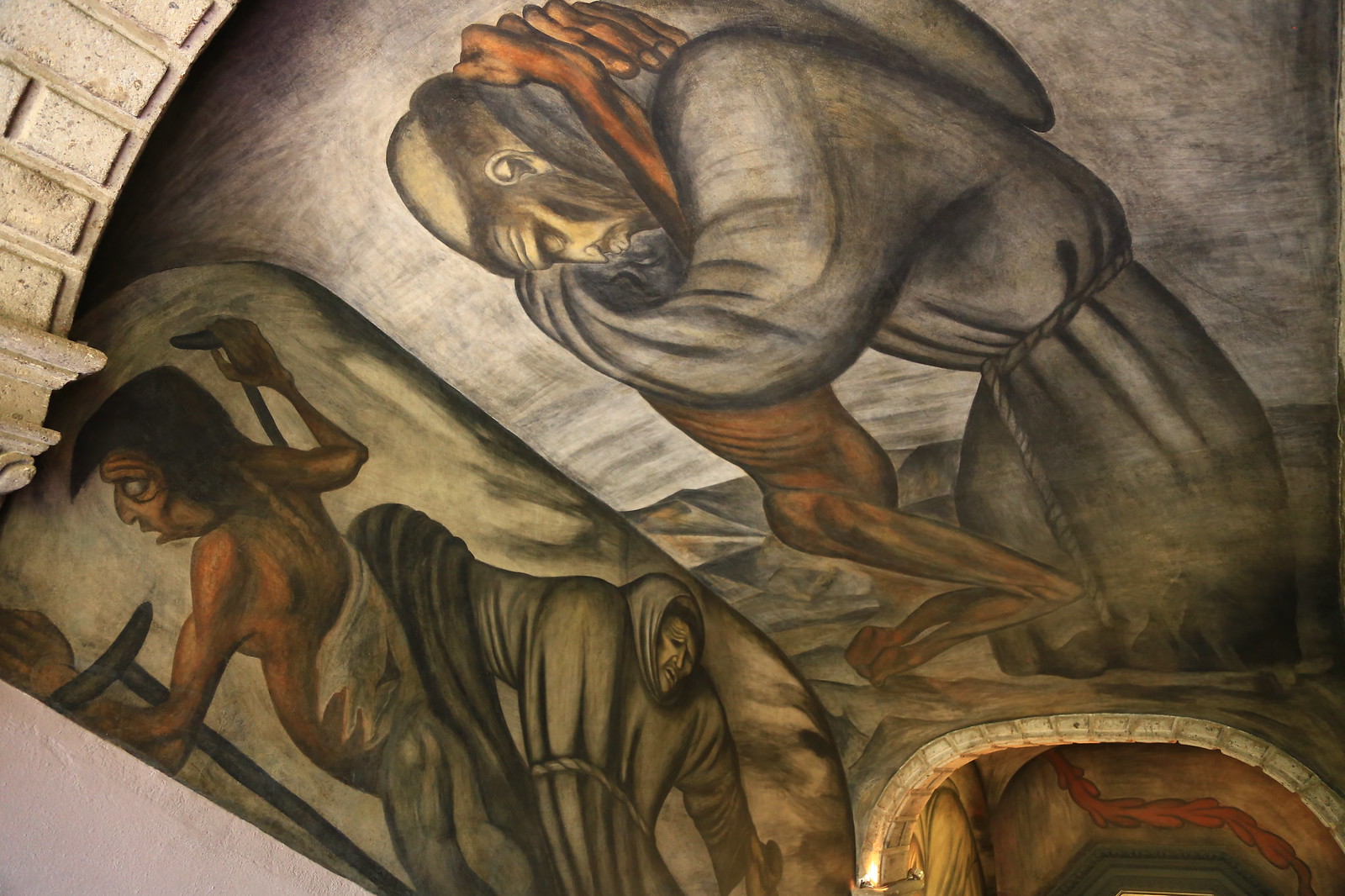
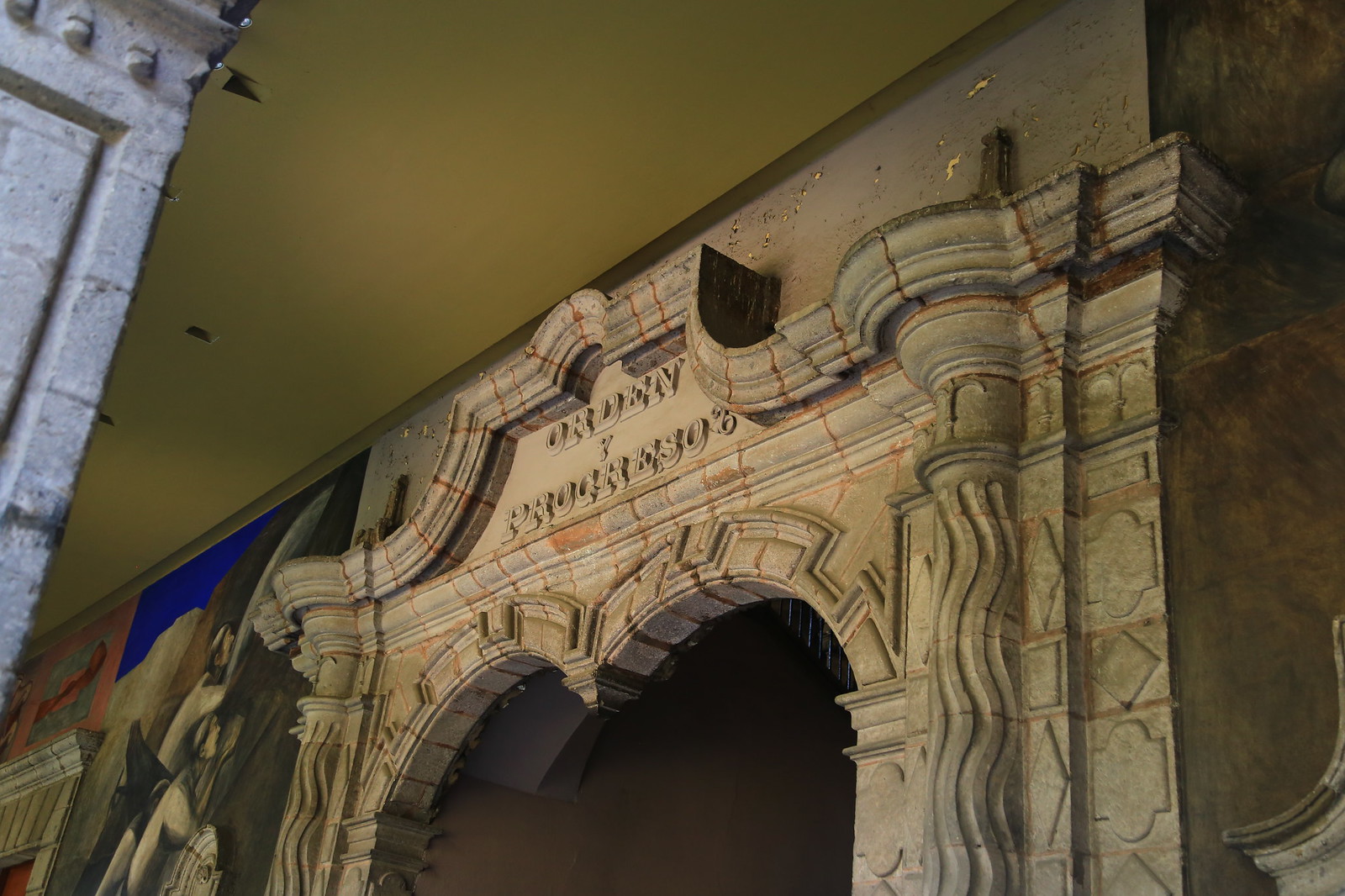
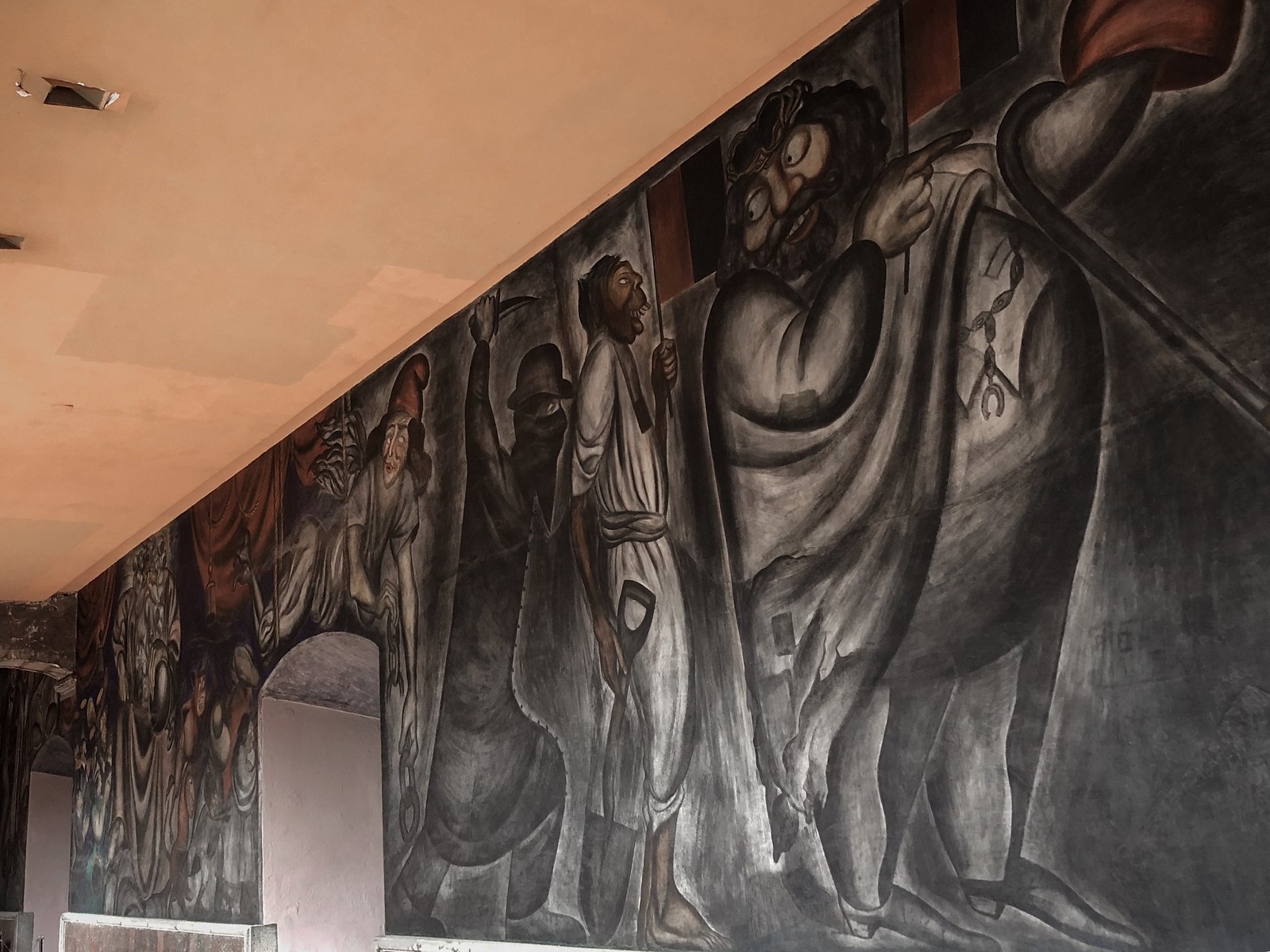


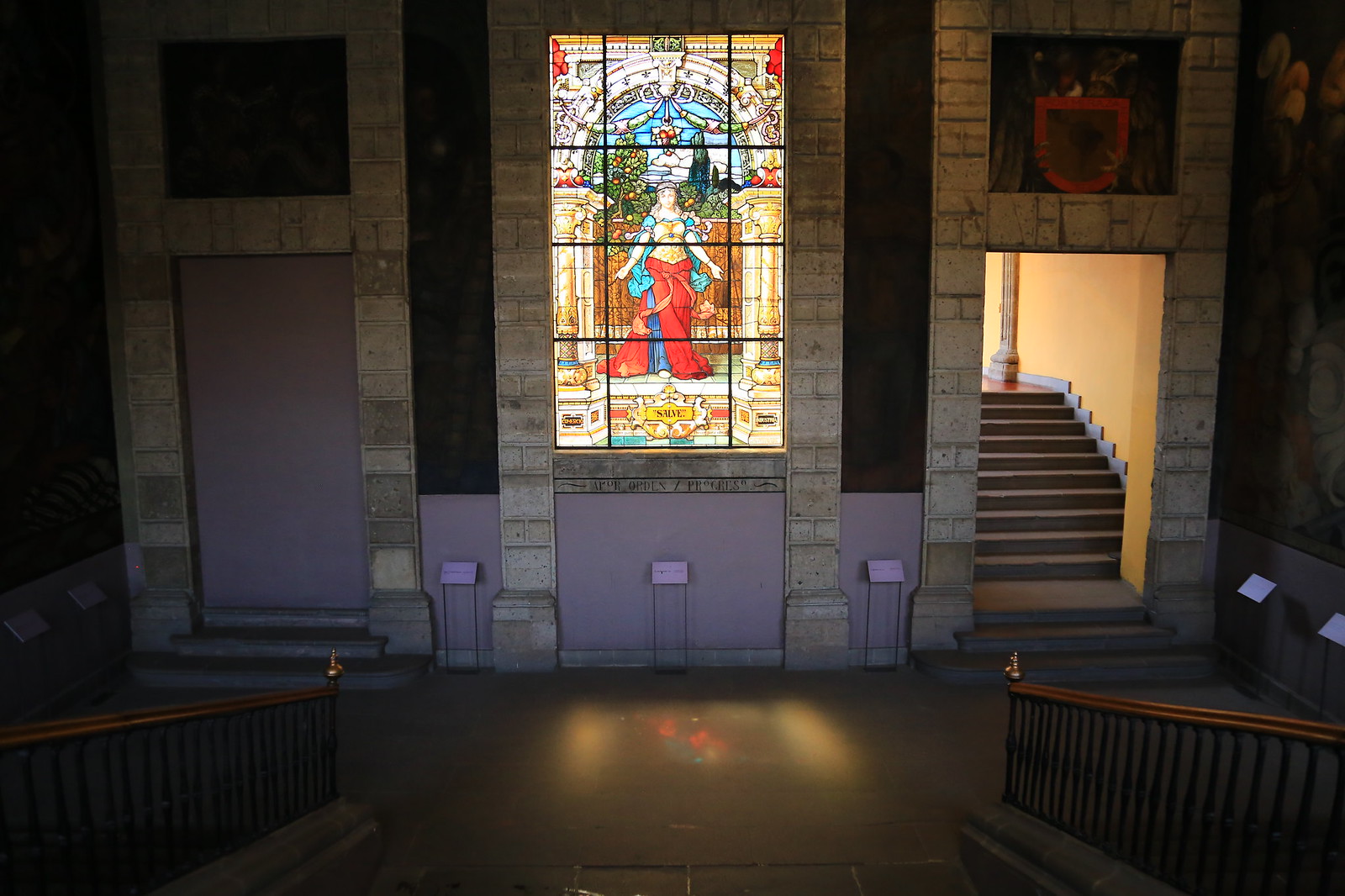
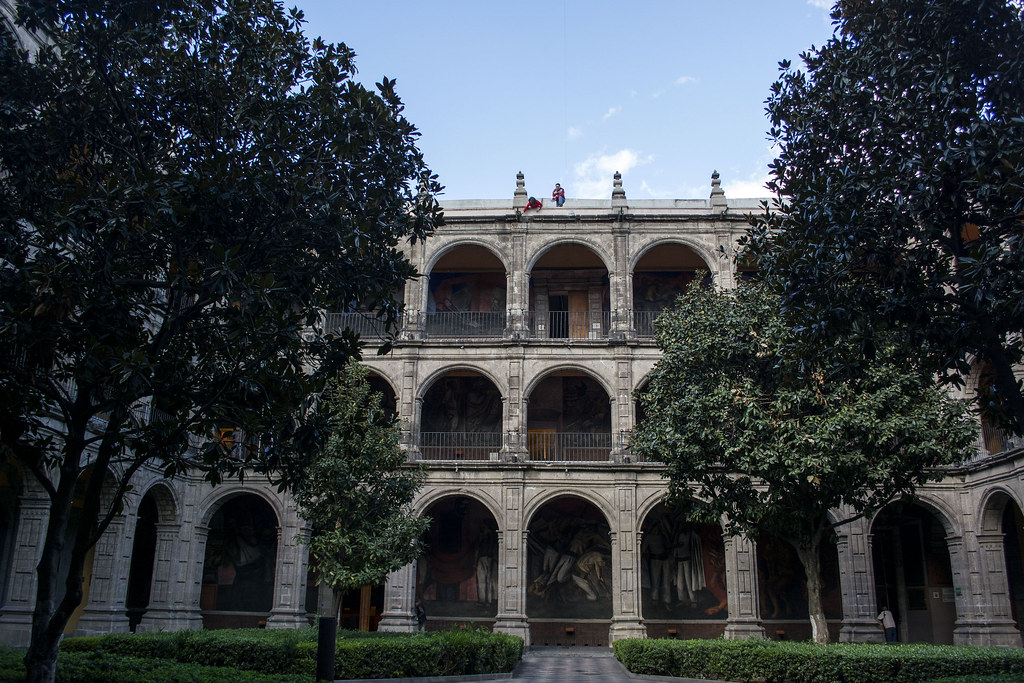
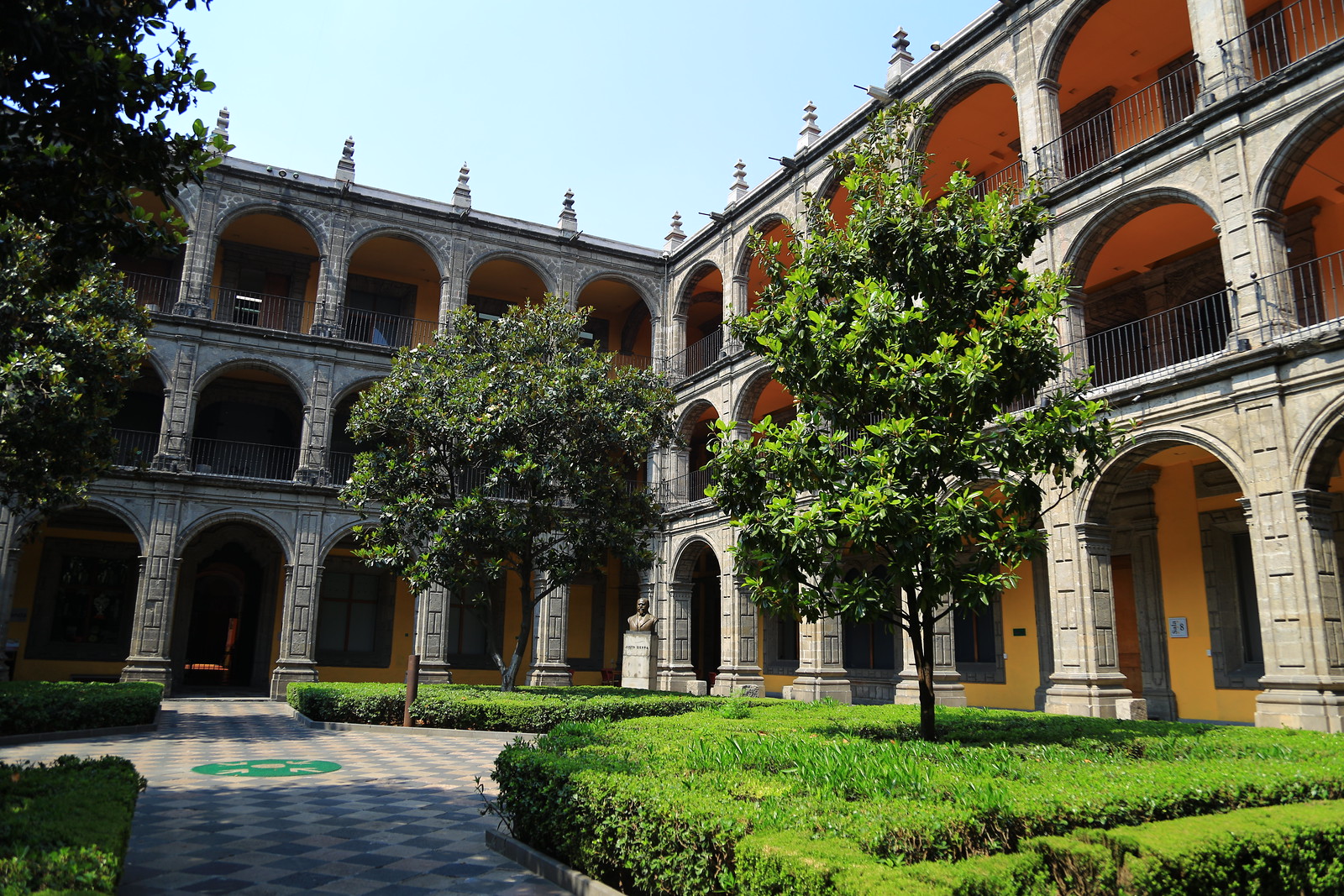
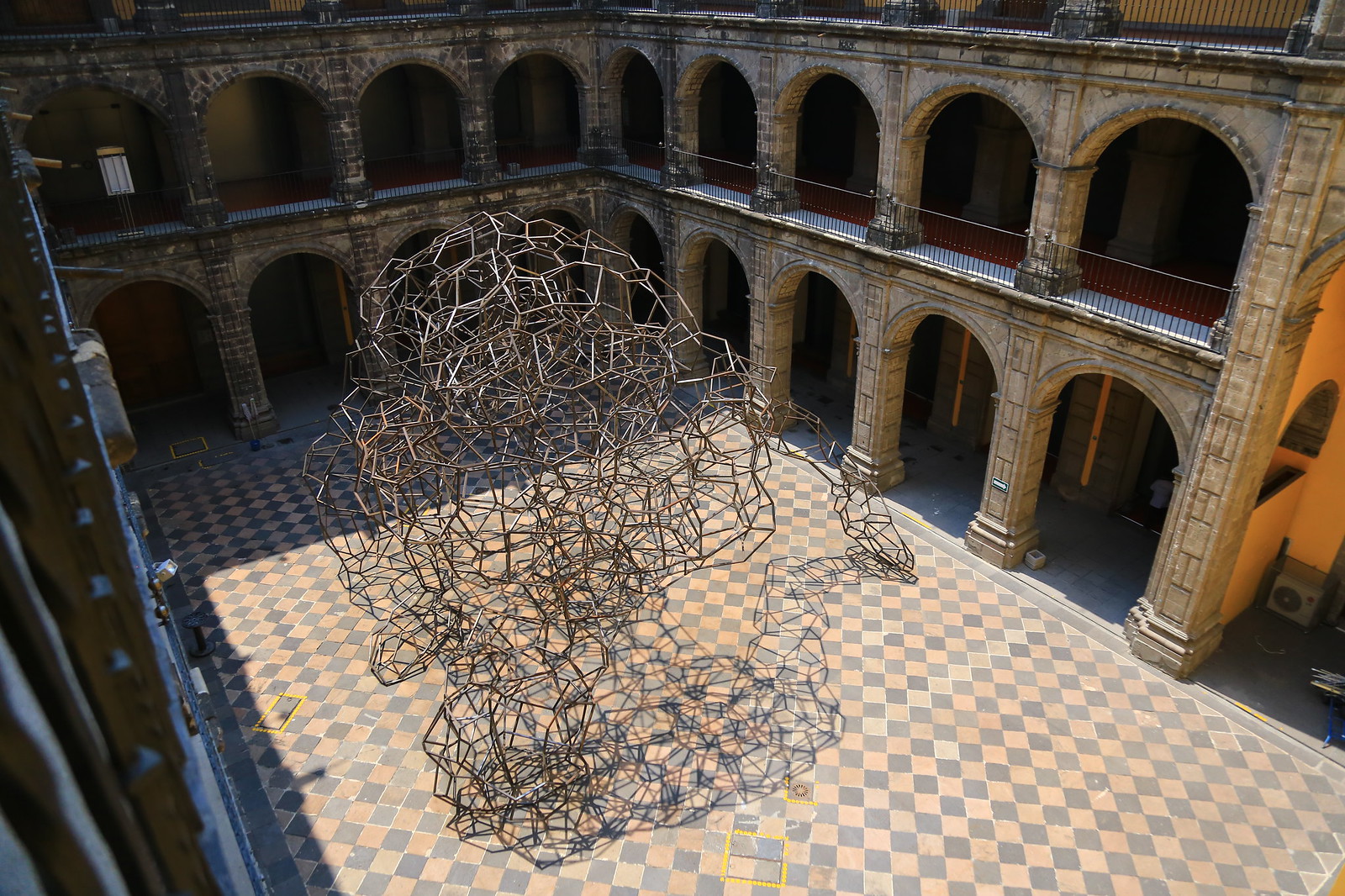
Colegio de San Ildefonso, in addition to its notable architectural and artistic significance, is among the historical monuments that allow us to recall many of the finest moments of education and culture in Mexico, from its founding in 1582 to the present day.
A prestigious educational center since its inception—it housed the first branch of the National Preparatory School—it has witnessed both glorious and tragic times in the country. Since March 1994, it has been a permanent project, whose new vocation as a cultural center has allowed it to become a place of excellence and of primary importance in the life of our society.
As the birthplace of Mexican muralism, its walls preserve the legacy of great masters such as Diego Rivera, Jean Charlot, Fernando Leal, Fermín Revueltas, Ramón Alva de la Canal, José Clemente Orozco, and David Alfaro Siqueiros.
 (55) 5702 2991
(55) 5702 2991
 http://www.sanildefonso.org.mx/
http://www.sanildefonso.org.mx/
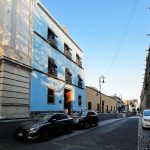
Nearest at 0.03 kms.
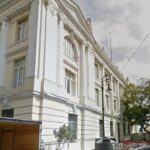
Nearest at 0.07 kms.
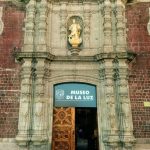
Nearest at 0.08 kms.

Mexico City's historic and first-recognized Jewish temple . . .

A modern graphic collection in an outstanding Baroque palace from the 18th century.
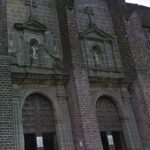
A striking Baroque work by Pedro de Arrieta stands the test of time.
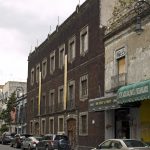
One of Mexico City's earliest temples is today a cultural center and museum.
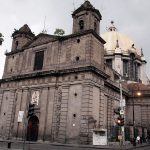
One of the most striking Neoclassical churches in the city center, the Church of Nuestra Señora de Loreto is also one of the most crooked.